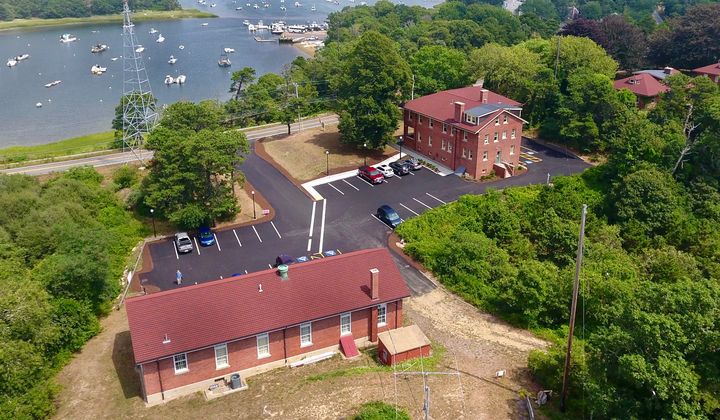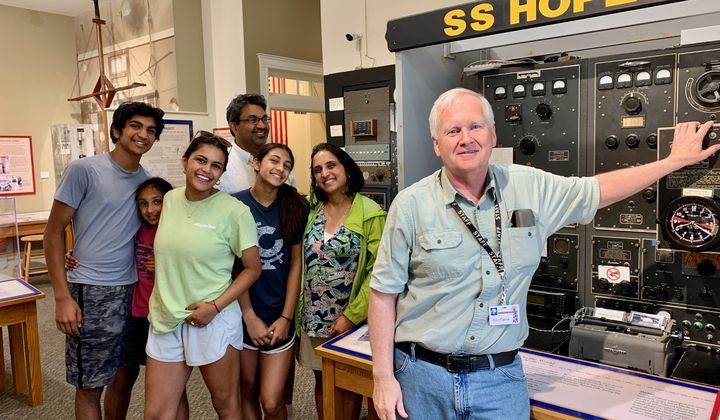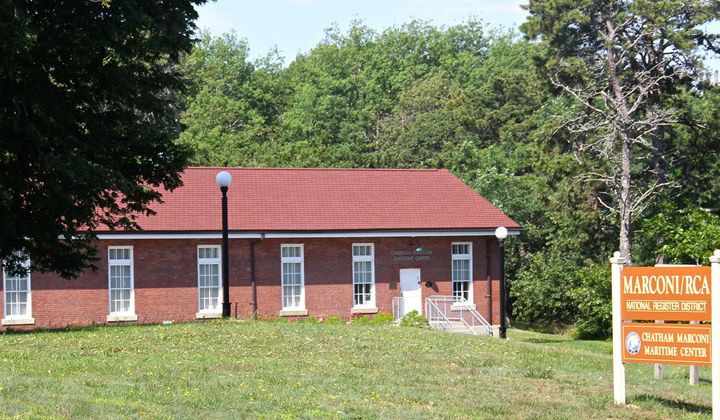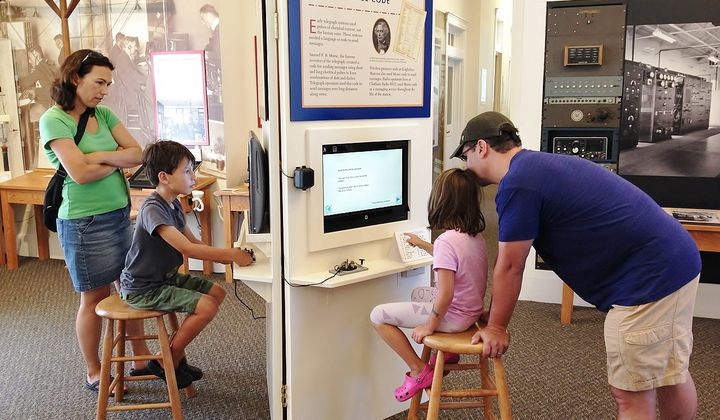Marconi-RCA Wireless Museum
847 Orleans Road, North Chatham, MA 02650 - United States
Visit the site of "The World's Greatest Coastal Station"! Chatham Marconi Maritime Center's museum traces the storied history of maritime wireless communication in Chatham from 1914 throughout the 20th Century. Housed in the historic former Marconi/RCA Wireless Receiving Station on Marconi's preserved 11 acre, 10-building campus, once the busiest ship-to-shore station on the East Coast and a significant military installation during World War II, the museum offers informative displays, interactive exhibits and original videos. Please allow an hour to an hour and a half to visit the museum, and arrive no later than 3:00 PM to ensure a complete visit.
Exhibits
As you enter the museum, you will be invited to view “Chatham Radio WCC: The Untold Story” narrated by Walter Cronkite, capturing nearly a century of the station’s history in 12 fascinating minutes. Then, through informative panels, videos and interactive exhibits, you explore radio pioneer Guglielmo Marconi’s life and legacy, the role of maritime radio in world events, ship-to-shore communication with the actual shipboard radio from the hospital ship SS Hope, and artifacts from Chatham Radio WCC’s history. Experience firsthand how a radio operator touching a Morse code key in Chatham could be heard by his counterparts aboard ships sailing the seven seas and learn about the talented and skilled people who conceived, built and operated the station. In addition to relaying commercial and personal messages to ships, WCC communicated with pioneer aviators including Charles Lindbergh, Amelia Earhart and Howard Hughes.
From 1942 through 1945, Chatham Radio played a key role in defeating Germany during the World War II Battle of the Atlantic by intercepting Enigma-encrypted wireless messages passing between the Third Reich’s headquarters and its ships at sea. “Station C” (its wartime US Navy designation) forwarded these intercepts to Washington, D.C. for decoding. As the control station for the East Coast direction-finding network, Station C also directed the search for telltale radio signals that allowed enemy vessels to be located and tracked. The museum’s Navy Years exhibit features working electronic Enigma cipher machine simulators allowing you to try your hand at message encryption.
Please note that the need to avoid crowding at exhibits may limit the capacity of the museum at any one time. We will endeavor to accommodate everyone, but there may be a brief wait for admittance.
At the conclusion of your museum visit or at any other time during daylight hours, walk the Antenna Field Trail. The trail is a winding path through the flora and fauna of Cape Cod with interpretive signs identifying and describing the station’s various radio antennas.
Thank you in advance for visiting one of America's most unique small museums.
Participation in Museum Day is open to any tax-exempt or governmental museum or cultural venue on a voluntary basis. Smithsonian magazine encourages museum visitation, but is not responsible for and does not endorse the content of the participating museums and cultural venues, and does not subsidize museums that participate.





